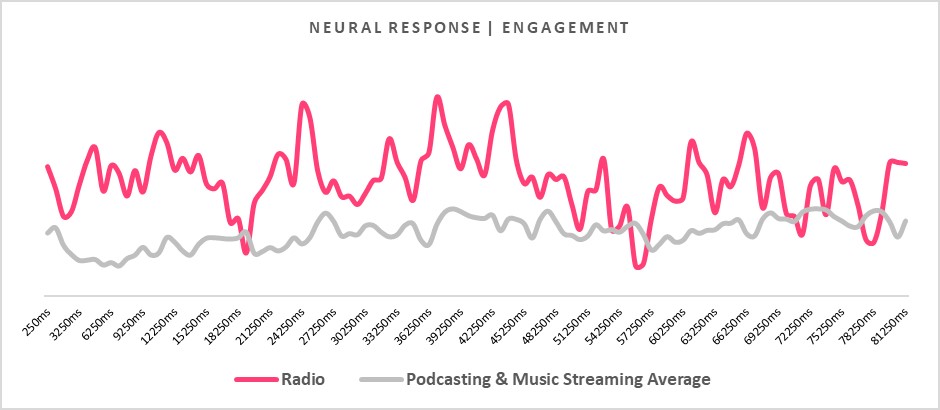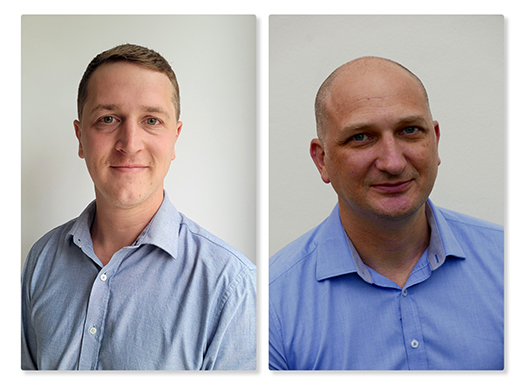ARN’s Neuro Lab today released its much-anticipated first piece of research, Sound You Can See.
The study was the first of its kind to show how the brain processes radio, podcasting and music streaming as fundamentally different products, which offer advertisers unique opportunities to promote their brands across each medium.
The findings from the study uses neuroscience to demonstrate the unique power of audio, as both a stand-alone medium and powerful inclusion within multimedia formats, and the research gives advertisers a closer look at how a consumer’s brain responds to different audio formats, as well as what happens when advertising is placed within them.
These findings form part of an ongoing body of work that will be produced by ARN’s Neuro Lab with the aim of reshaping the way the industry understands and uses audio.
Led by Research & Neuroscience Specialist, Dr Shannon Bosshard and ARN’s Director of Research & Insights, Justin Stone, this first go-to-market piece of research measured attention, engagement, attitude, and memory by mapping brain activity of people engaging with both audio content and advertising.
The brain processes radio, podcasting and music streaming differently and using neuroscience the researchers were able to get an extended view of how listeners connected with the different audio formats by analysing over 40,000 datapoints every second.
The Sound You Can See research found:
- Radio had an unrivalled ability to engage listeners, and do so for extended periods (60% more neural engagement than other audio formats), keeping the brain ‘on its toes’.
- Podcasting provided an environment primed for high levels of memory encoding.
- Music streaming’s relative strength was creating strong positive attitudes towards brands.
What these findings mean for brands is that advertising within radio can be created with a higher degree of creative flexibility without the content being disrupting the listening experience. In fact, when content and advertising doesn’t match, attitudes can vary by up to 170%. With this in mind, to optimise effectiveness, more considered messaging should be planned across the different audio channels.

Figure 1. Listeners’ engagement towards radio, podcasting and music streaming
Justin Stone says, “The use of neuroscience to complement traditional marketing techniques will produce a much more comprehensive view of how our listeners interact with audio formats. The response from agencies has been one of enthusiasm, providing never-before-seen insight into how clients’ campaigns perform in an audio environment”.
Dr Shannon Bosshard says, “Radio, podcasting, and music streaming are fundamentally different products, each offering advertisers with unique opportunities to promote their brands. Until now, no commercial or academic entity has assessed the differences in these three audio products. This is the first time that anyone has demonstrated, from the perspective of the brain, that radio, podcasting, and music streaming are processed differently and should be treated differently, in the same manner that audio and audio-visual mediums have been.”
Subscribe to the radioinfo podcast on these platforms: Acast, Apple iTunes Podcasts, Podtail, Spotify, Google Podcasts, TuneIn, or wherever you get your podcasts.




